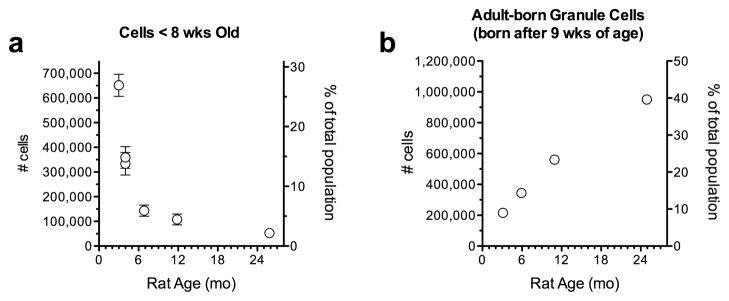Fig. 1. Estimates of adult neurogenesis numbers in the rat hippocampus.
a) The estimated number of young (≤8-week-old) granule neurons, at various times throughout adulthood. This number decreases significantly due to the reduction in adult neurogenesis with age. Numbers were calculated using bilateral BrdU+ cell counts 2 hours after injection (proliferating population) at 5-weeks-old [17], 9-weeks-old [17, 88], 5-months-old [89], 10-months-old [88], and 24-months-old [89]. Counts were converted to numbers of cells generated per day by assuming that 4912 BrdU+ cells give rise to 9089 cells/day [17] and that this ratio is constant for all ages because the cell cycle time is constant across age [88]. The number of cells generated each day was multiplied by 7 to calculate the number generated each week. To account for cell death during maturation the number of cells born in one week multiplied by the % surviving for that week [43]. For week 1 it was assumed that all cells survived, since continued proliferation and dilution of BrdU beyond the limit of detection make it difficult to estimate cell death during this period [76]. After 4 weeks, it was assumed that death is complete and that 62% of cells born more than 4 weeks earlier survived [43]. Cells surviving during each of the 8 weeks were summed to estimate the total number of cells ≤8-week-old. b) The estimated cumulative number of granule neurons born in adulthood throughout the lifespan. Numbers were calculated by adding the numbers of <4-week-old (still dying) cells at each age to the number of cells generated/surviving since the previous time point, assuming a linear decline in cell proliferation between adjacent tested ages.

